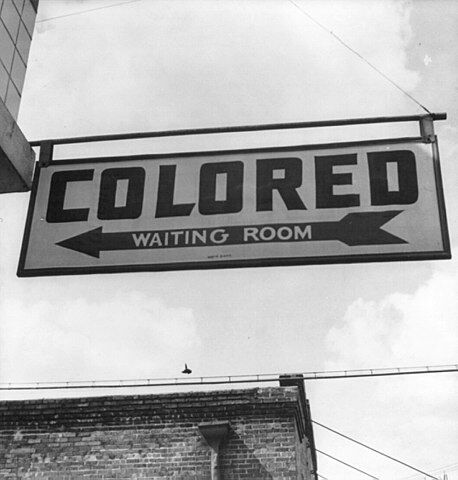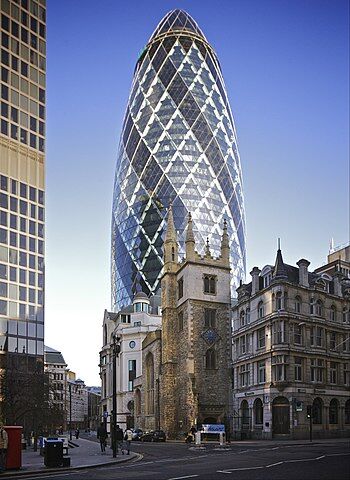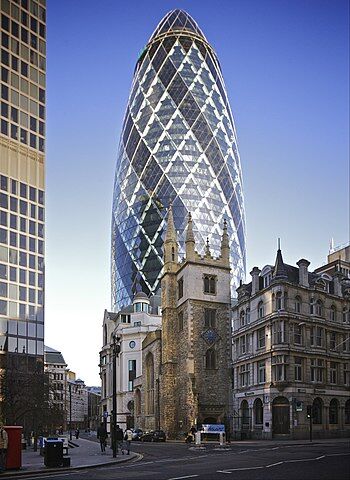Identify Similarities and Differences
Important!
More than one answer may be correct in some of the examples or exercises you will see. Also, all the answers might not be listed.
What is a Similarity?
A similarity is something that connects two (or more) items that share a common feature.
Name one of the similarities between the central items of these photos.
See solution
What is a Difference?
A difference is what distinguishes two or more items.
Name one of the differences between the central items in these photos.
See solution
What are the Typical Tasks of This Intellectual Operation?
You can encounter this intellectual operation in two main forms. First, you could be asked to indicate a similarity or difference in relation to one or more items that are being compared. Then, you could be asked to indicate similarities or differences related to the points of view held by protagonists or historians. Here are some short examples to help you understand the different tasks you might encounter.
-
Identify a similarity or difference for one or more items being compared.
-
Indicate what is different about one or more items being compared
-
Indicate what is similar about one or more items being compared
-
Identify differences and similarities in relation to one or more protagonists or historians.
Indicate what is different about one or more items being compared
Statement: Using documents 1 and 2, identify a difference between the two sports.
See solution
Indicate what is similar about one or more items being compared
Statement: Using documents 1 and 2, identify a similarity in the physical appearance of these two species of animals.
See solution
Indicate the specific point on which people disagree (divergence, difference)
Statement: The following documents present two people’s points of view on cinema. What specific point do they disagree on?
| Document 1 |
|---|
|
“Even today, in 2020, The Godfather is without a doubt the best film ever made in the history of cinema.” |
| Document 2 |
|---|
|
“The potential of cinema is growing, and the visual effects are becoming more and more exceptional. In that sense, Avatar is certainly the best film of all time.” |
See solution
Indicate the specific point on which people agree (convergence, similarity)
Statement: The following documents present the viewpoint of two people about social networks. What specific point do they agree on?
| Document 1 |
|---|
|
“Recognized information platforms such as Radio-Canada, La Presse, Le Soleil, etc. have a presence on social networks to make it easy to access information. This way, users of social networks can choose what they want to see on the social networks they use. There are ways to use them to entertain themselves as well as to get information. Users still need to be critical of the information they find.” |
| Document 2 |
|---|
|
“Social networks are sometimes misused by different people, and these improper uses can have negative effects on some people and groups of people. We need to use them carefully, but there are good things about social networks like the presence of recognized information platforms, the presence of local businesses, the convenience of keeping in touch with different people, etc.” |
See solution
Show Differences and Similarities in Relation to the Views of the Individuals
Statement: The following documents show the position of three people on the desired colour of their office space. Name the person who has a different position and compare this position to the other two.
| Document 1 |
|---|
|
Fred wants to paint the office mint green. He wants a dynamic and vibrant environment. |
| Document 2 |
|---|
|
Melanie wants to paint the office light grey. She wants a warm environment that fosters concentration. |
| Document 3 |
|---|
|
Jeremy wants to paint the office beige. He wants a calm environment that is conducive to teamwork. |
See solution
How do you perform a task that requires you to identify differences and similarities?
You do a task that asks you to identify differences and similarities by comparing items with each other. You must compare at least two items to find what is similar and what is different about them.
Examples of a Concrete Process
Important!
It is highly recommended that you read the concept sheet on intellectual operations to fully understand how to complete the tasks for the different intellectual operations.
The two examples below are similar to what you might see on an exam. Try to complete the task before looking at the detailed solution. This will help you to see how well you can do the intellectual operations.
Be careful!
The two examples below are related to concepts that you might not have seen before. If so, don’t worry, you’ll learn them when they are introduced in class.
The example for Cycle One (Secondary 2) relates to the module on the Recognition of Freedoms and Civil Rights.
The example for Cycle Two (Secondary 4) relates to the module on the Modernization of Quebec and the Quiet Revolution (1945–1960).
Example for Cycle One
Statement: Using documents 1 and 2, compare the civil rights and freedoms of Black people in the United States and South Africa in the second half of the 20th century.
Document 1

“Whites Only.”
In Cape Town, South Africa, during apartheid.
Source: Some pictures here, Shutterstock.com
Document 2

“Colored Waiting Room”
In Rome, Georgia, in the United States in 1943.
Source: Bubley, E., 1943.
See solution
Example for Cycle Two
Statement: Documents 1, 2 and 3 present various positions on taxation. Identify the document that presents a different position and compare it to the position expressed in the other two documents.
|
Document 1 |
|---|
|
“These sources of taxation, by their very nature, are the responsibility of the provincial jurisdiction, which needs them and has a constitutional priority in this regard.” - Maurice Duplessis |
Source: Duplessis, M. (1946). Mémoire du gouvernement de la province de Québec présenté à la Conférence fédérale-provinciale. BanQ. - Translation provided by Alloprof |
|
Document 2 |
|---|
|
“Government proposals to the Dominion-Provincial Conference on Reconstruction (1945): The federal government proposes that after the war the provincial governments agree not to levy any taxes on personal income, business corporations and estates, and that they give the federal government full and exclusive access to these sources of revenue.” |
Source: Angers, F.-A. (1961). Nouvelle orientation des relations financières fédérales-provinciales. L’actualité économique, 36(4), 723-733. - Translation provided by Alloprof. |
|
Document 3 |
|---|
|
“But on January 6, 1946, George Drew, the premier of Ontario, announced that his government rejected the federal proposals. He felt that estate taxes should be the exclusive responsibility of the provinces, while income taxes on individuals and corporations should be levied by both levels of government.” - Jacques Lacoursière |
Source: Lacoursière, J. (1998). Histoire populaire du Québec. Septentrion. - Translation provided by Alloprof |
See solution
Exercices
References
- Top of page
- What is a Similarity?
- What is a Difference?
- What are the Typical Tasks of This Intellectual Operation?
- Indicate what is different about one or more items being compared
- Indicate what is similar about one or more items being compared
- Indicate the specific point on which people disagree (divergence, difference)
- Indicate the specific point on which people agree (convergence, similarity)
- Show Differences and Similarities in Relation to the Views of the Individuals
- How do you perform a task that requires you to identify differences and similarities?
- Examples of a Concrete Process
- Example for Cycle One
- Example for Cycle Two
- See Also
- Exercices








